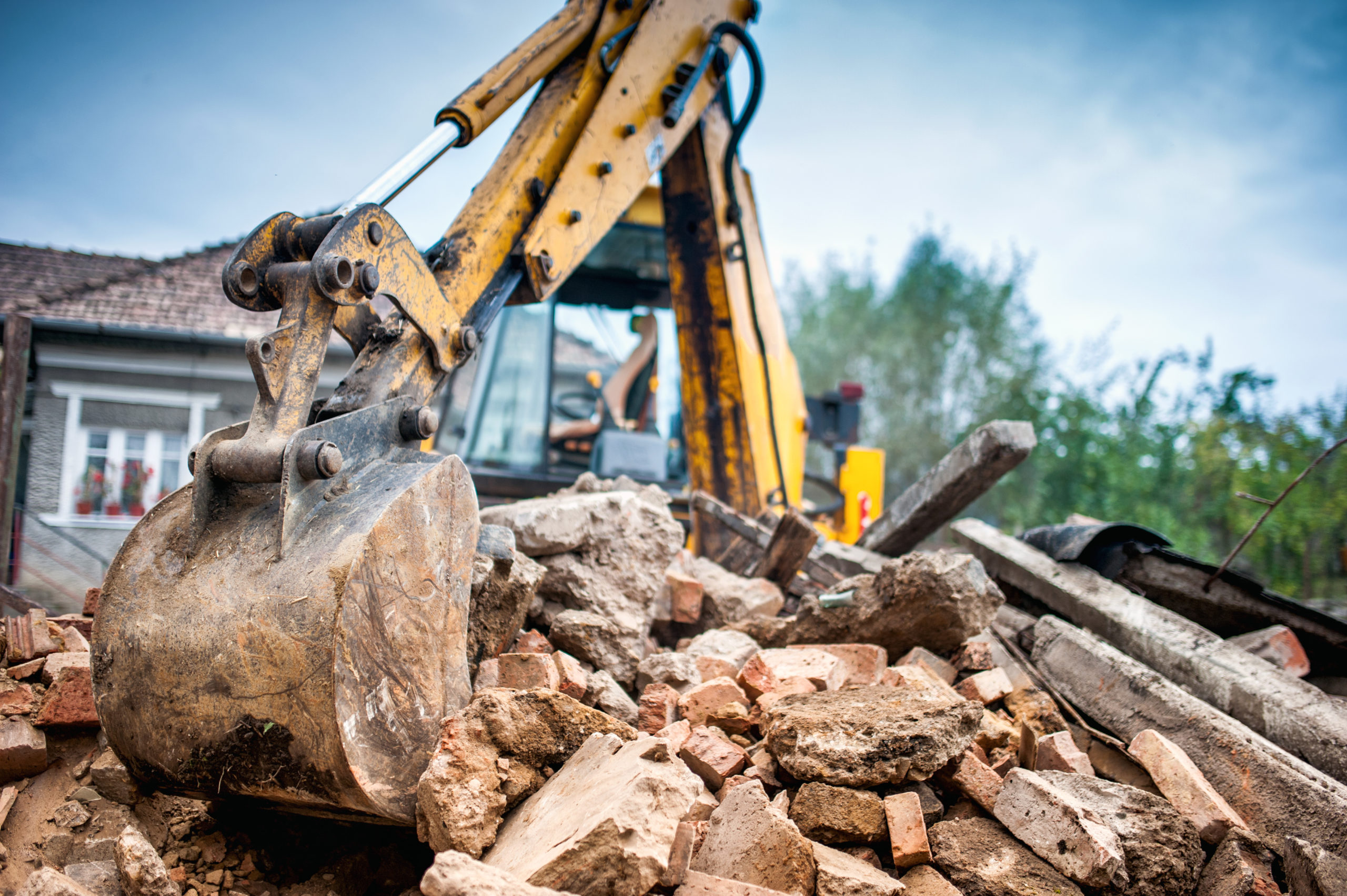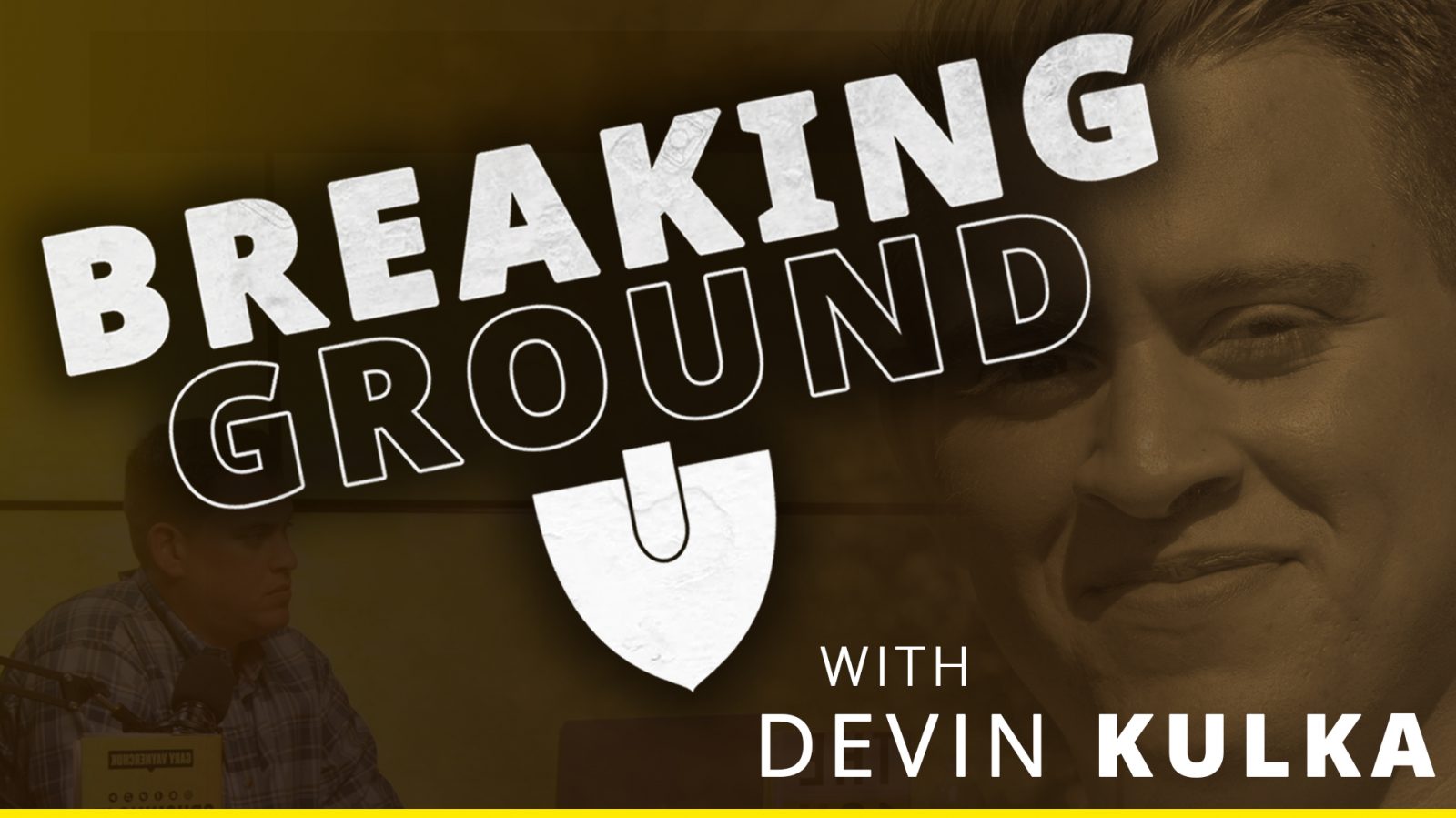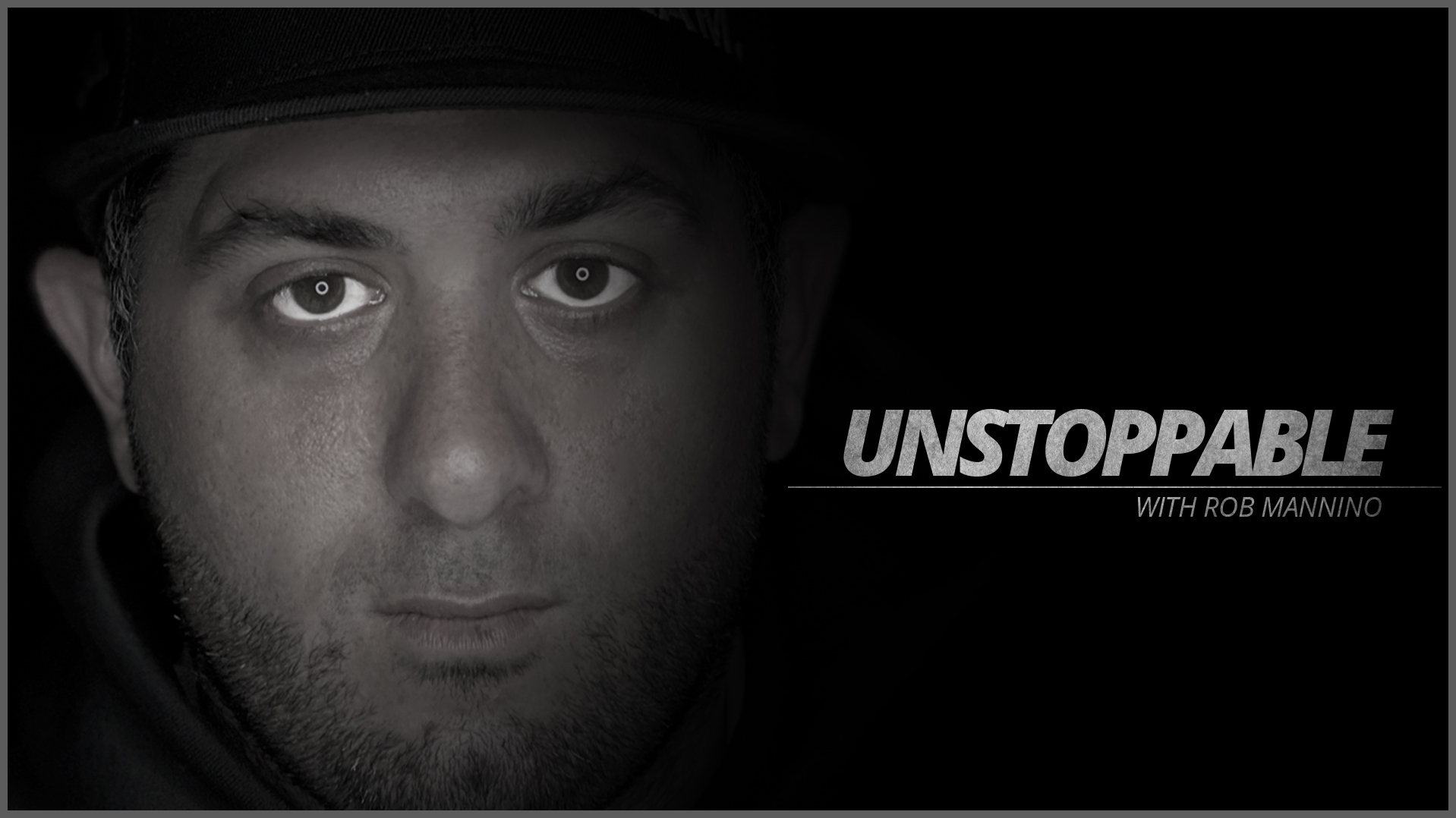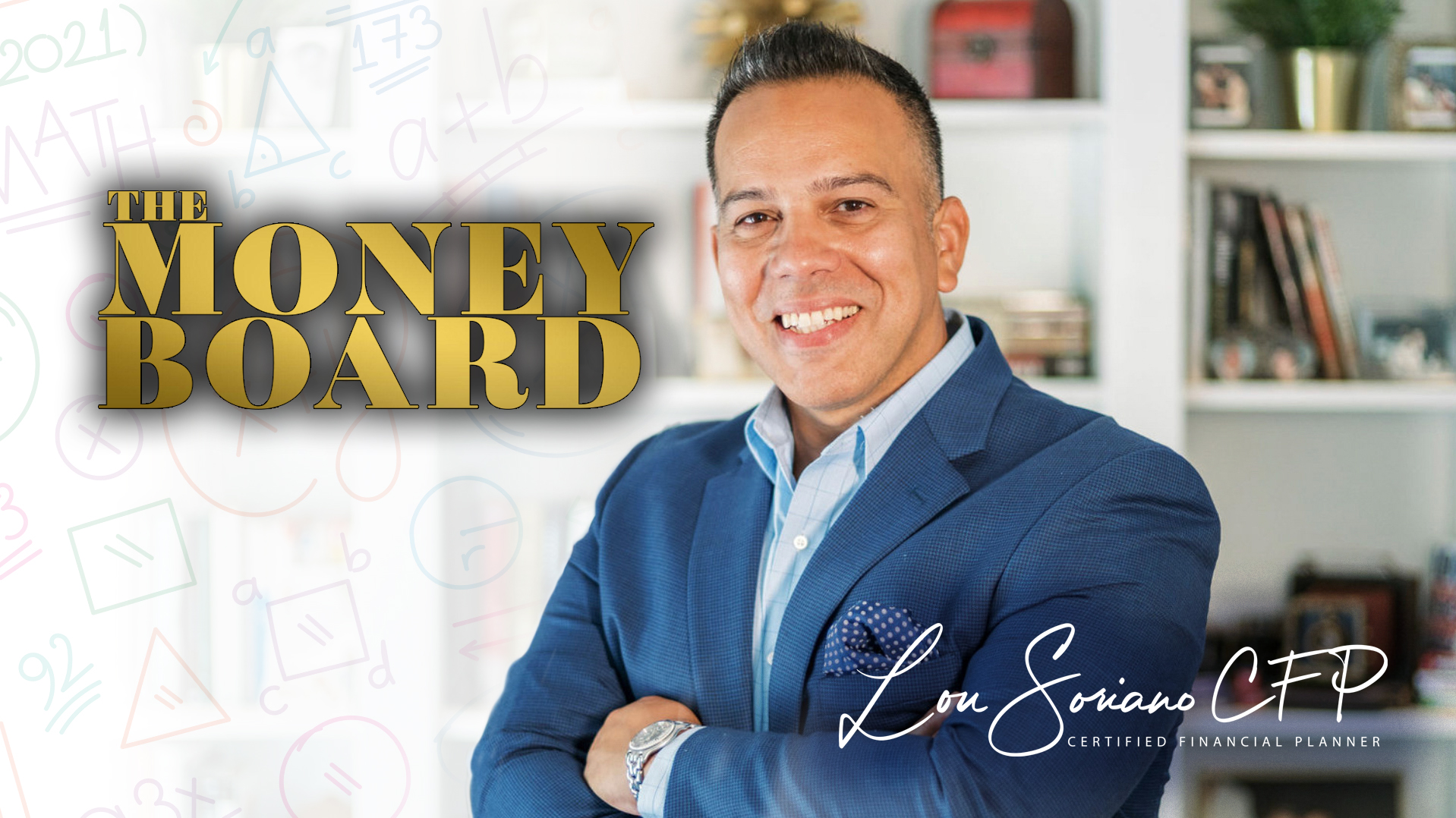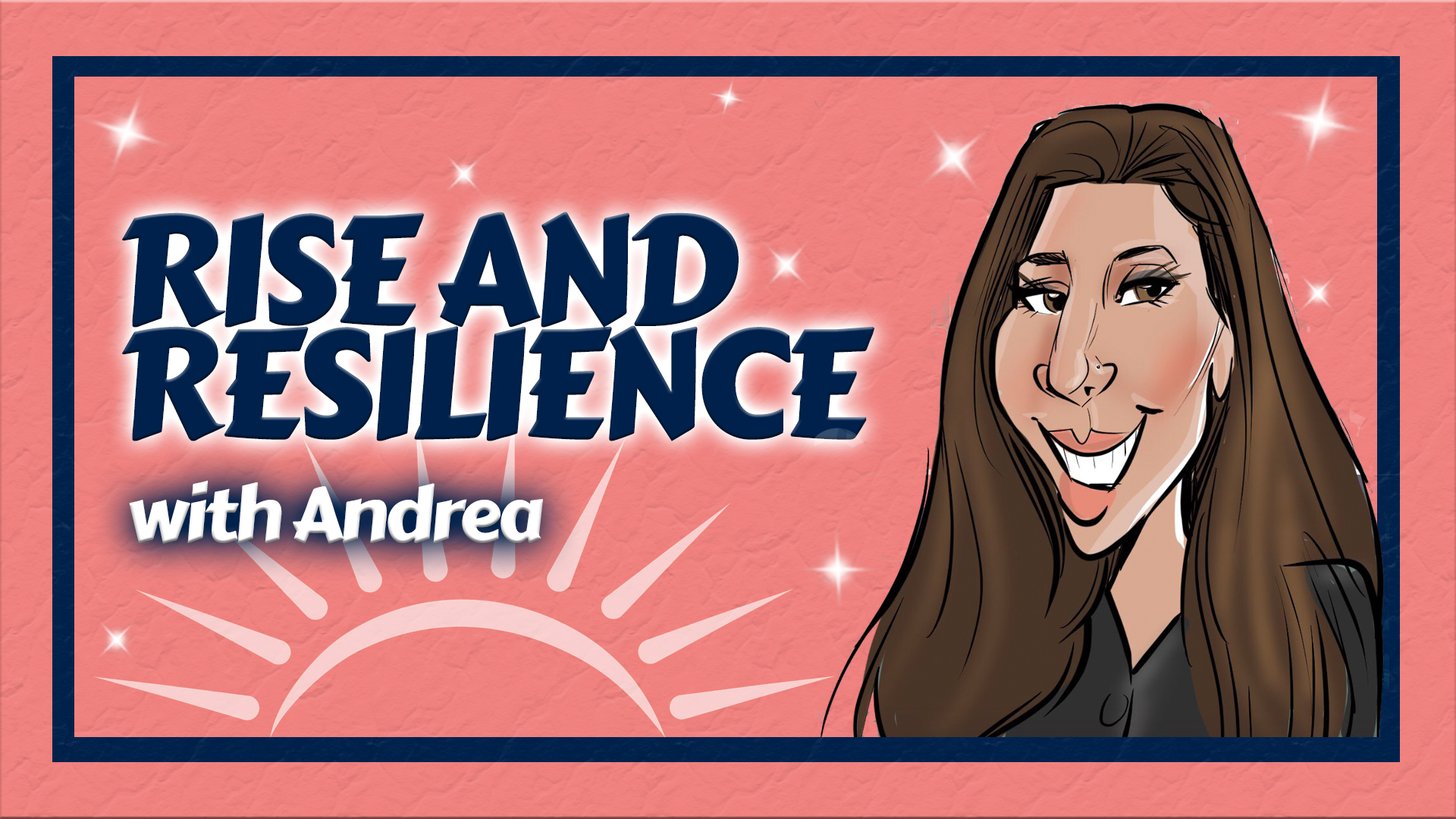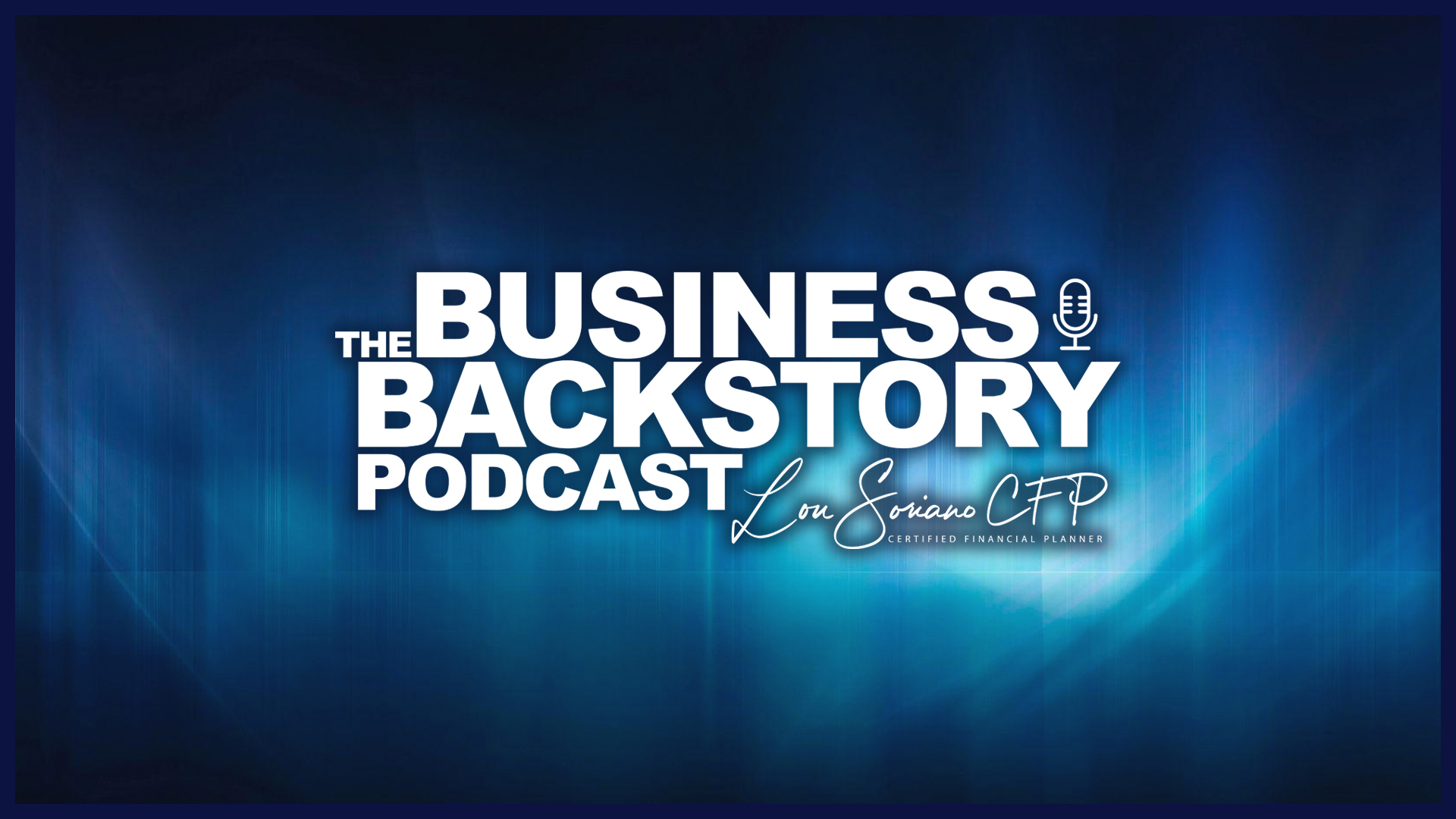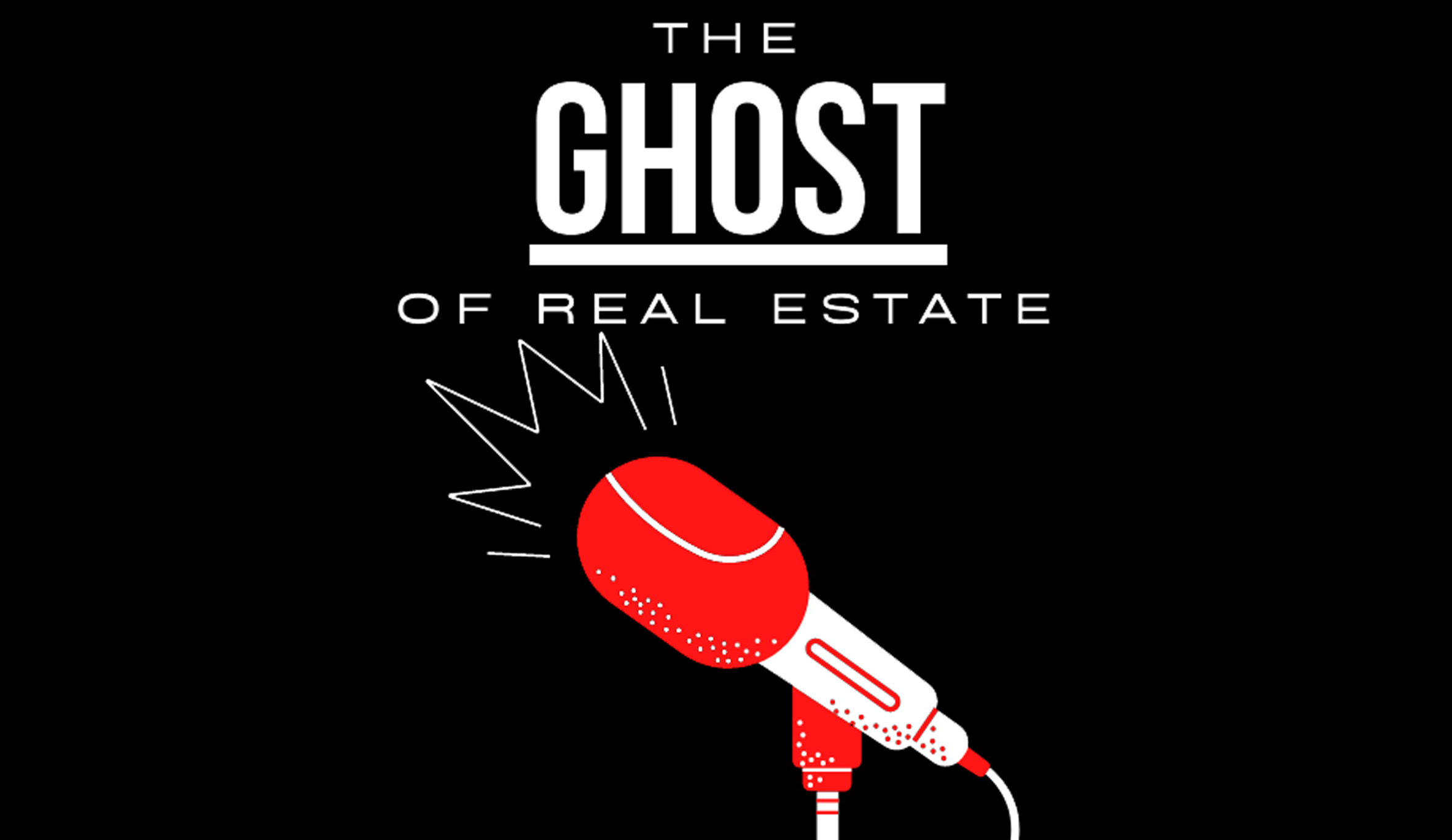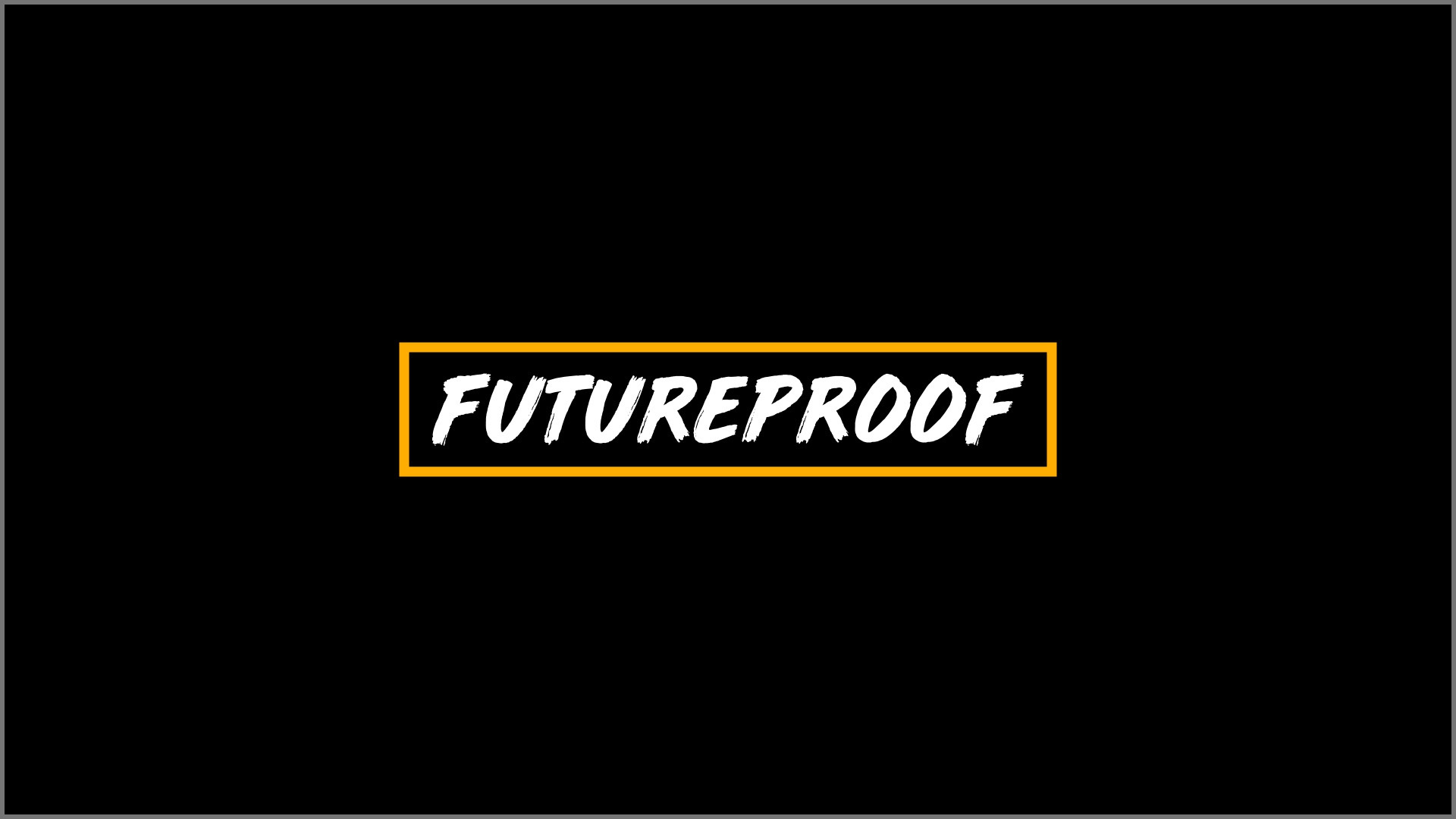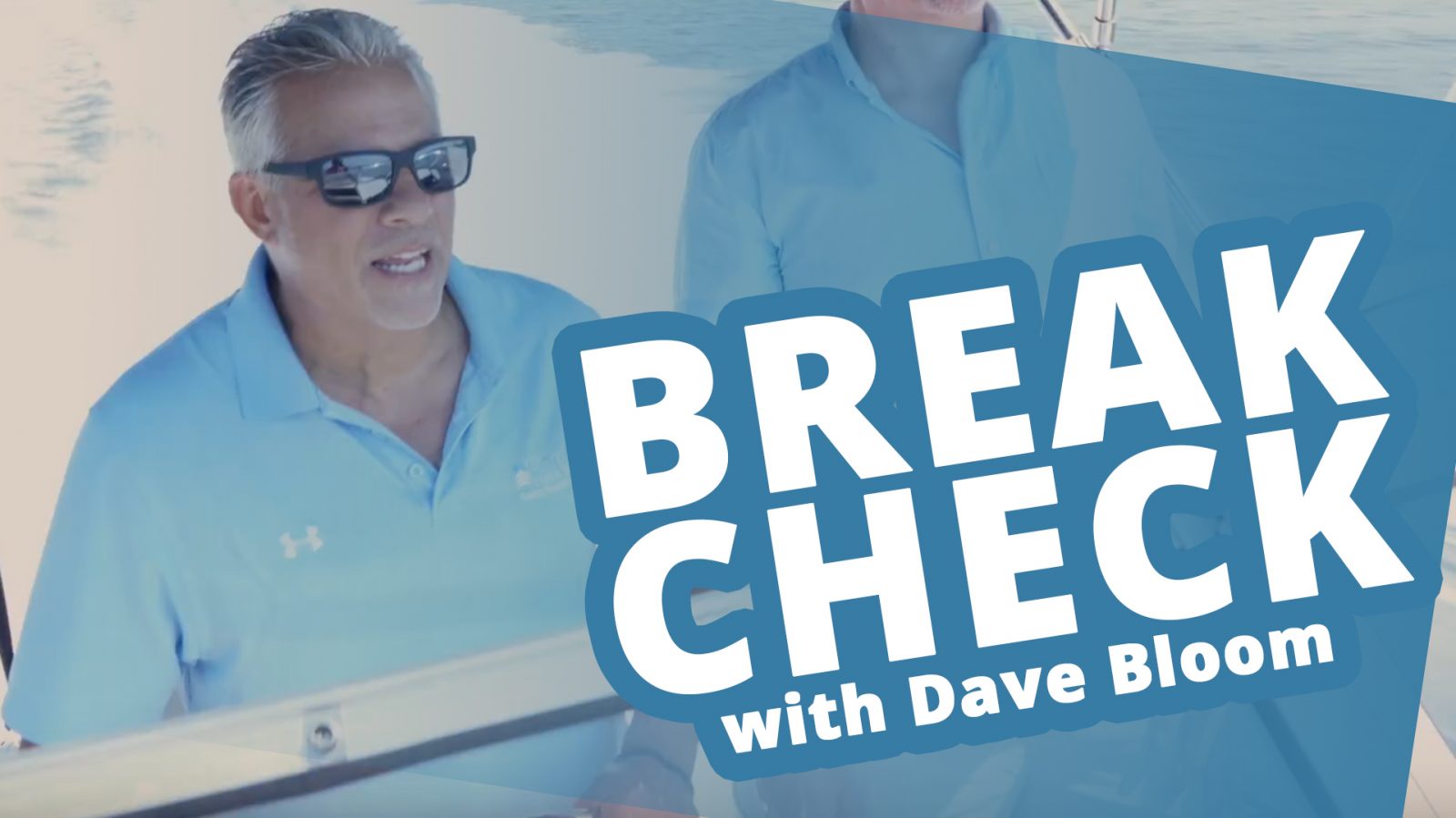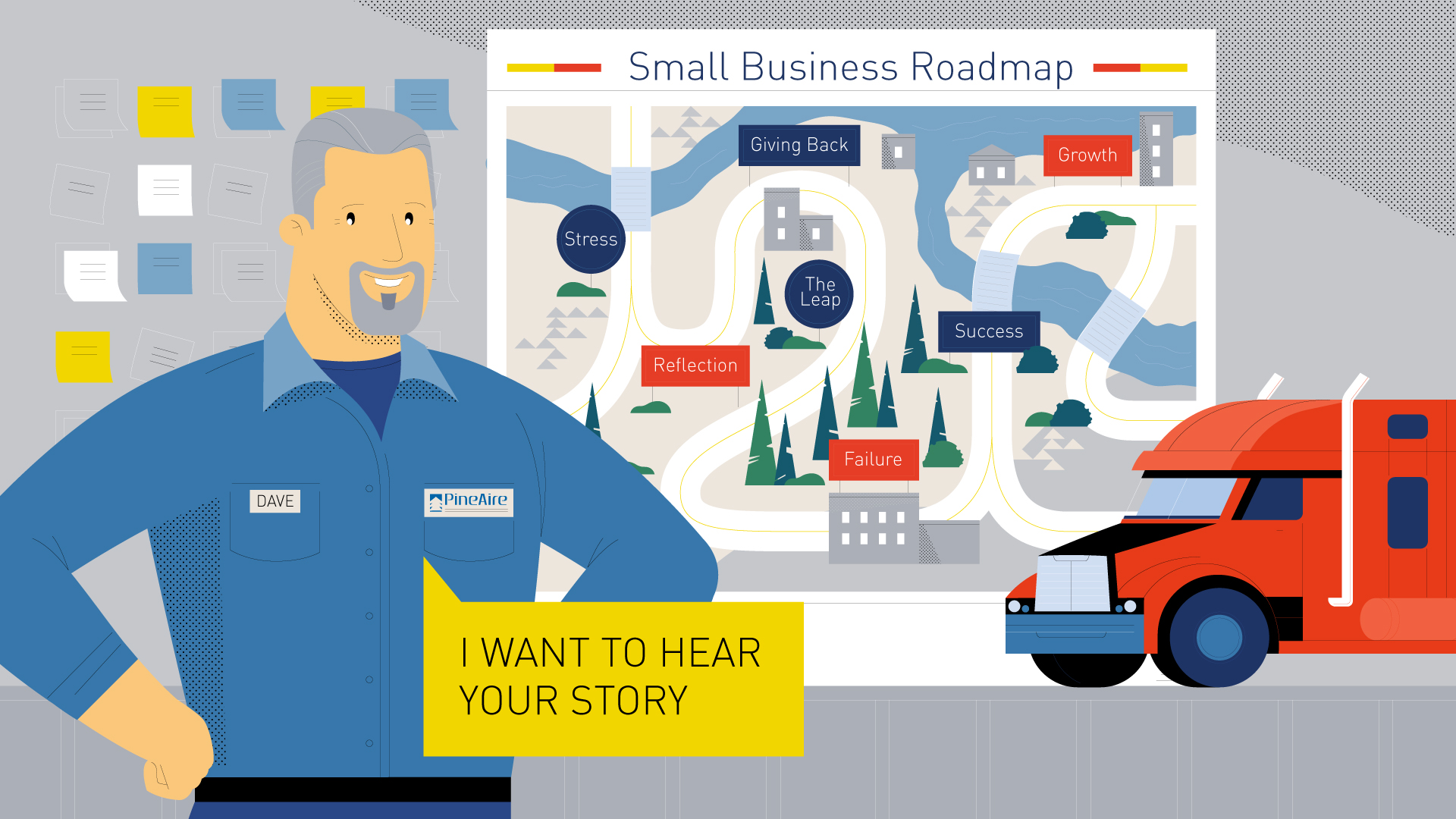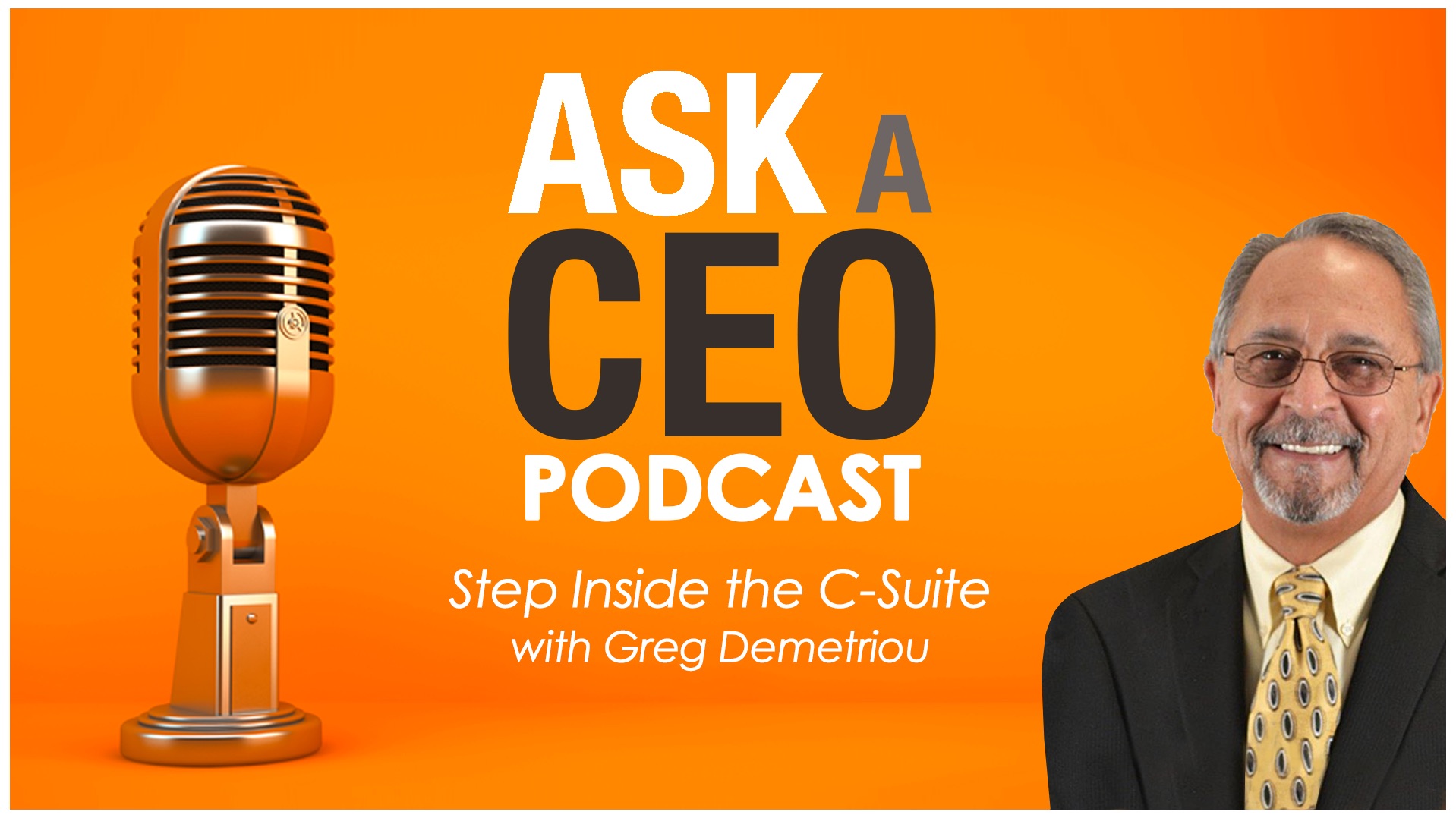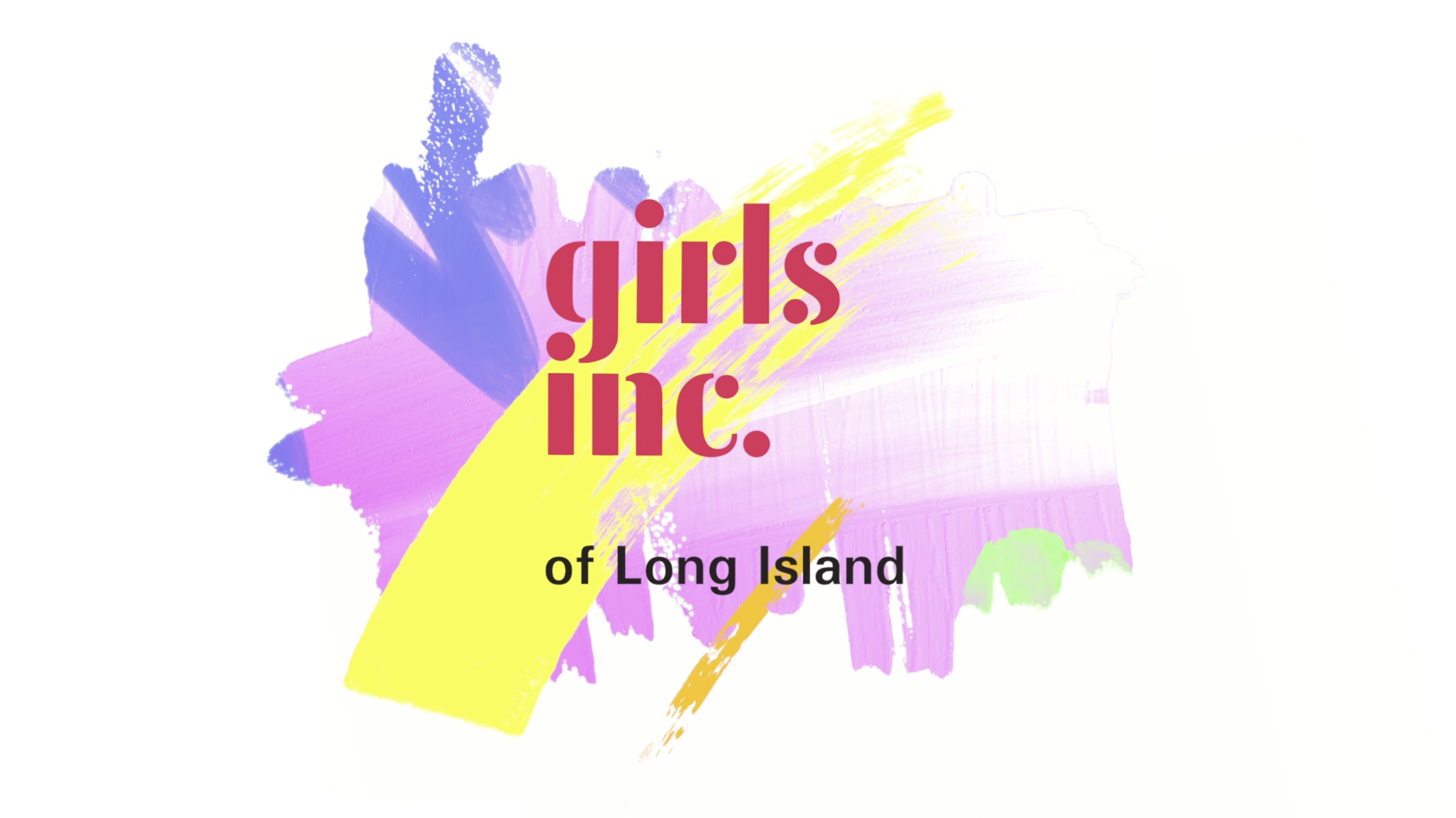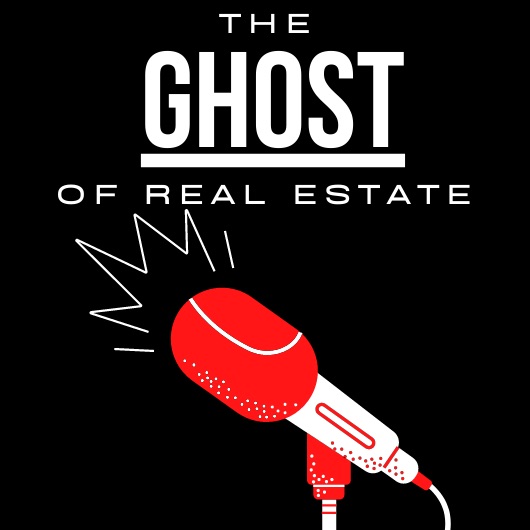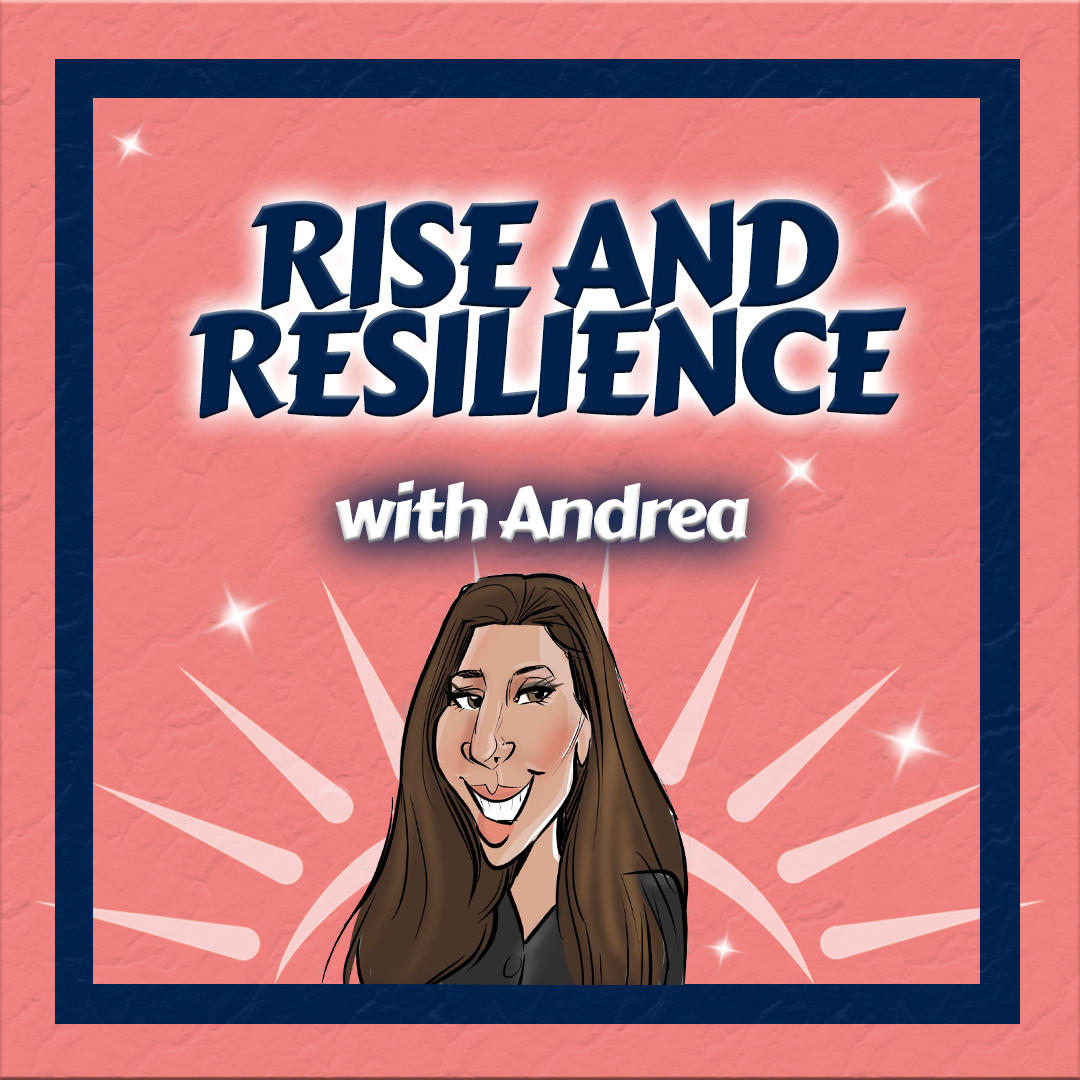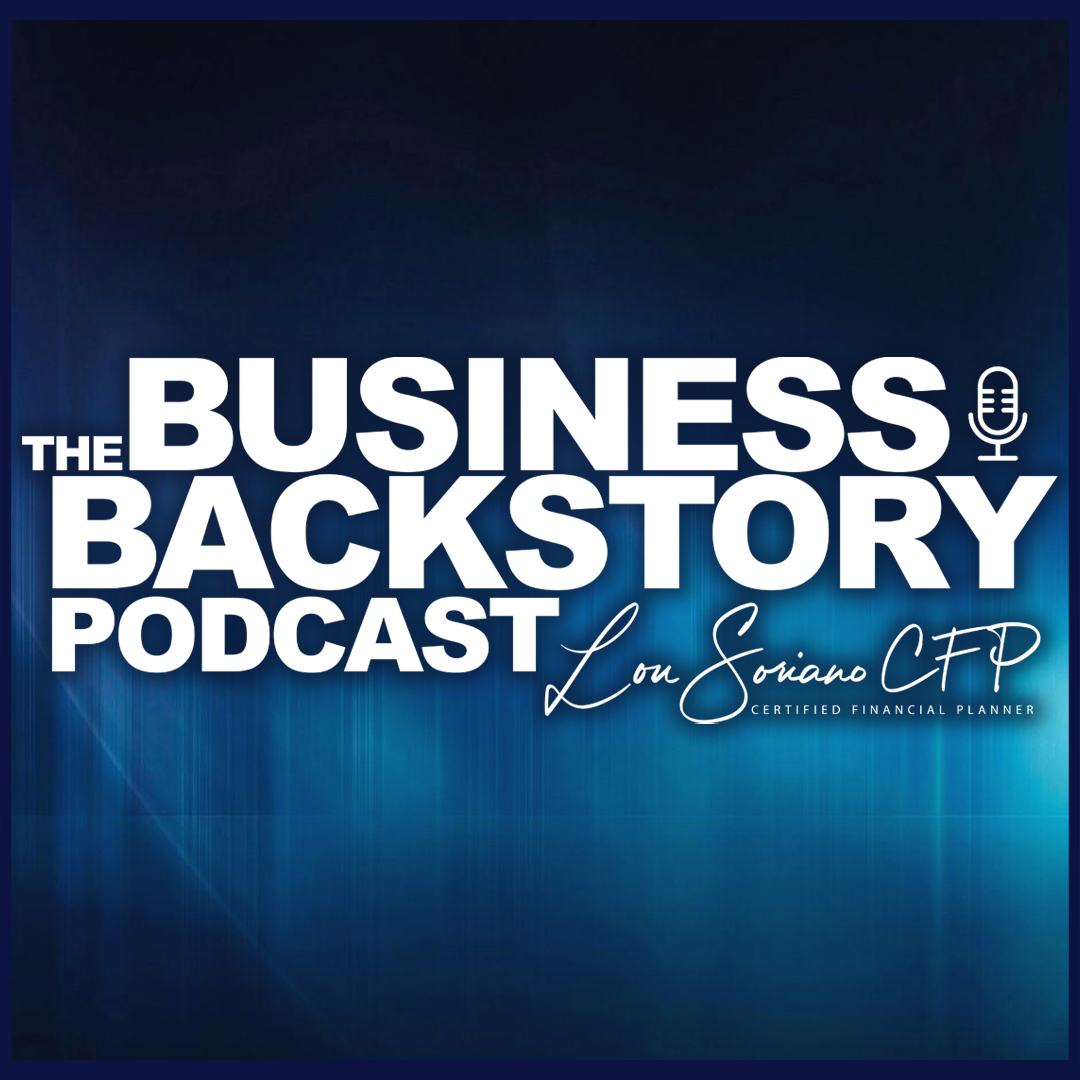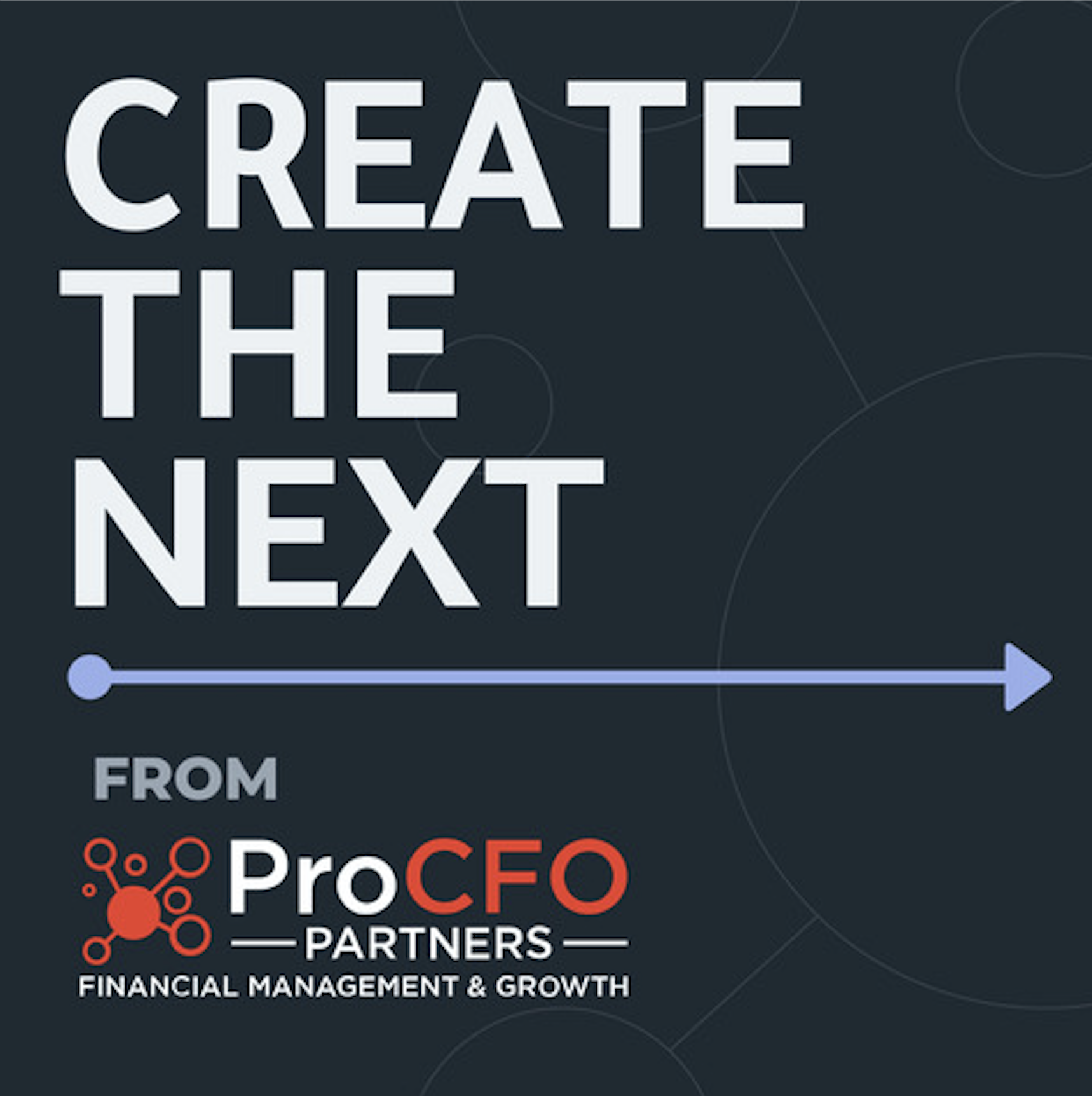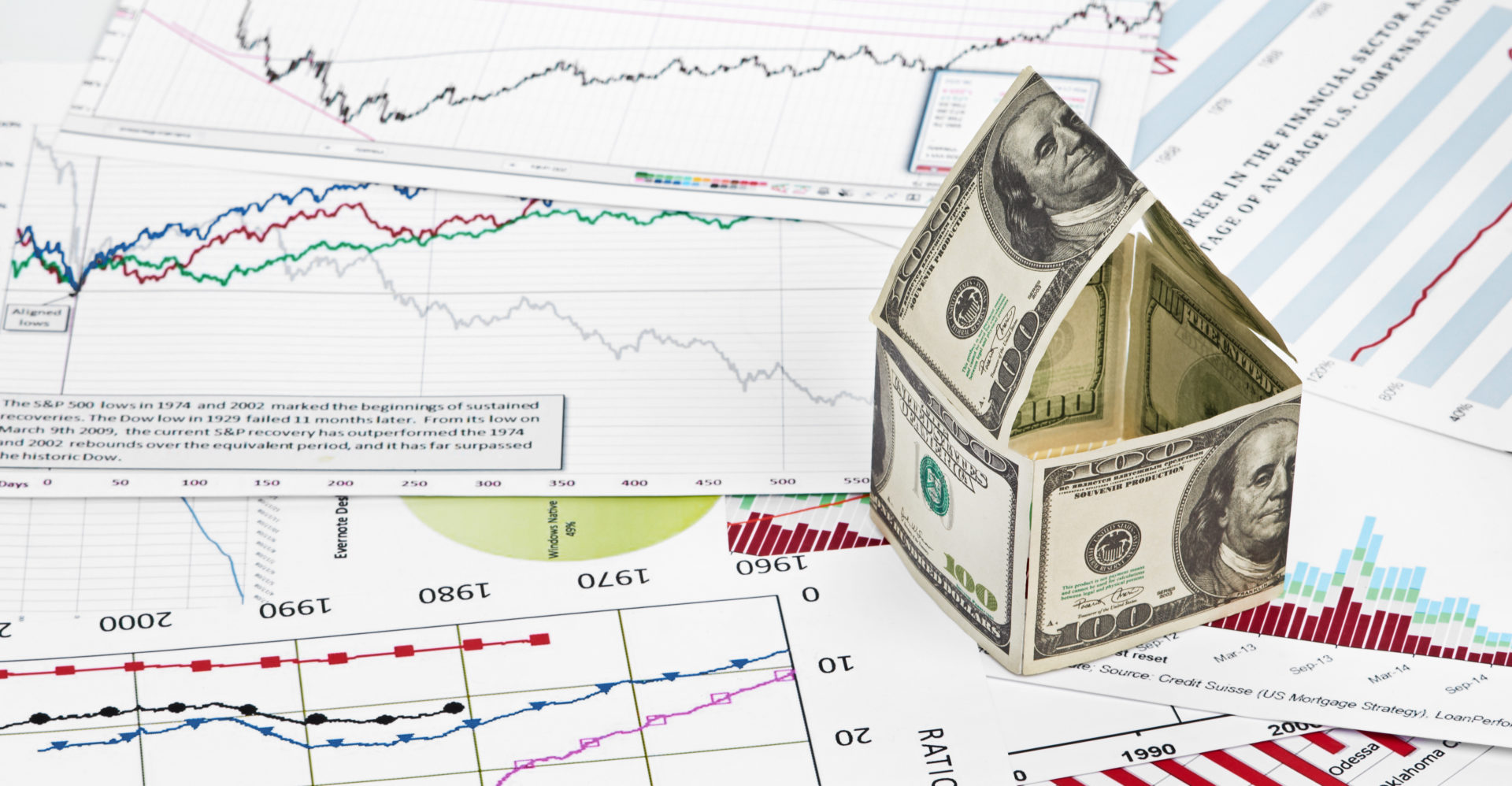
April 2020
4 Min Read
Tips for Investing in Real Estate in a Down Market
The real estate market, in general, has undoubtedly seen its fair share of ups and downs over the past ten years. Now with the global COVID-19 pandemic, the real estate market will not go unscathed. However, investing in residential and commercial real estate when prices are declining can be a lucrative investment strategy for patient and clever investors.
What Is a Down Market?
A down market is when real estate transactions are slow, and prices are falling. The current global COVID-19 pandemic is an example of an event-driven down market. The last time there was this much widespread panic in the US was probably the Housing Crash of 2008.
Make Sure You’re not a Real Estate Spectator.
Any individual considering getting into real estate investing during the current down market must understand the difference between a real estate investor and a spectator. Purchasing a cheap property to resell it for significantly more than the purchase price quickly, is considered “speculating” and not “real estate investing.” Speculating can be a risky practice and there is no guarantee that you will turn a profit. In other words, it’s a gamble. On the other hand, while real estate investing can come in many different forms, the most basic definition is the act of buying and holding property for long-term profit.
Real Estate Investing Tips.
While nothing is guaranteed and you cannot predict when the market will crash, there are some standard tips you should keep in mind when building your real estate investment portfolio during both an up-market and down-market.
Purchase Properties in Average or Above-Average Neighborhoods: Real estate investors tend to evaluate neighborhoods by giving grades. Where a C-class property is your average neighborhood with many renters, “D” level properties are typically high-crime and high-vacancy rates rental areas.
You should probably avoid investing in below-average neighborhoods, especially if you are a novice investor. By exclusively investing in nicer areas that tend to have economically diverse residents, you can prevent, most, if not all, of the negative backlashes when the market goes downward.
Diversified Economy: In general, investors should avoid areas where people are dependent on one employer or industry. The most well-known example of this happened in Detroit. Specifically, when the automobile industry failed, so did the home values in Detroit.
Cash Flowing Properties: Investors should focus on purchasing cash flowing properties; these are properties that generate more income than it costs to maintain them. Even in a down market, it doesn’t matter what happens to the property value. Specifically, property value only matters when you intend to sell the property. If the value of a property drops, typically that “drop” doesn’t affect the investor’s cash flow unless, for whatever reason, the investor is looking to sell the property. Overall, veteran investors focus on purchasing properties that produce income. And, if the property value appreciates, this is just an added bonus.
Remember the 1% Rule. A good rule of thumb for investors is the only acquire properties that pass the 1% rule. This rule states that if a property rents for 1% of the purchase price every month, then the property will probably generate positive cash flow. For example, let’s say a property is $100,000, and you can rent it for $1,000 per month, typically this is considered a sound investment. By strictly investing in properties that meet the “1%” rule, your investment is likely safe, no matter the state of the housing market.
Practice the BRRRR method.
BRRRR stands for Buy, Rehab, Rent, Refinance, Repeat. This is the investment cycle when you purchase a rental property. When used correctly, investors can buy an investment property with zero money down.
Hypothetically, an investor can buy a fixer-upper property that may need work. The property cost $,50,000. The property cost an additional $40,000 to rehab, and together with the closing cost of $10,000, the total cost is $100,000. After the property is rehabbed, the investor can get the property appraised for a refinance. Assuming the appraisal comes in at $150,000. A loan-to-value ratio of 75% means you can recover $112,500, which is $12,500 more than you invested in the property. The upside to using this method for investors is that there is still 25% equity in the property, which is considered a reasonable cushion. Following this strategy, investors can grow their capital to invest in additional properties, all with no opportunity cost.
Overall, no matter which investment strategies you use, you should remember in a down market to be patient and wait for the right deal. However, when the right deal comes along, negotiate aggressively!







